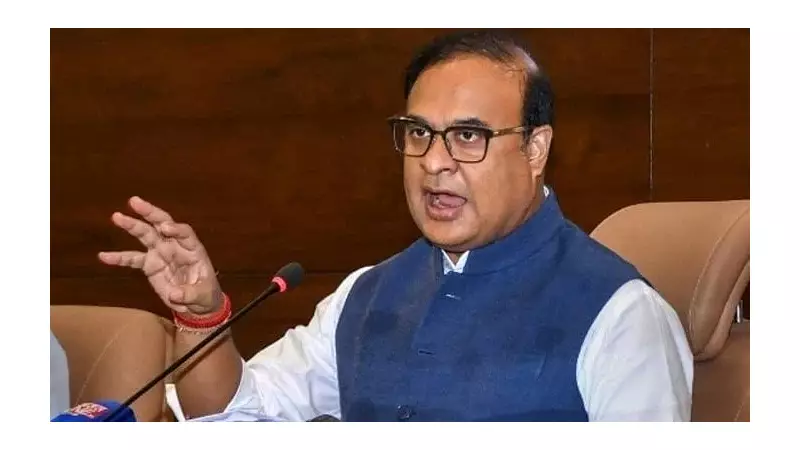
Assam Chief Minister Himanta Biswa Sarma has ignited a fresh political discourse with a pointed observation about voting patterns in the state. He stated that while the 'Miya' community votes in a consolidated manner, the votes of other communities remain scattered. This comment, made on November 22, 2025, brings the complex socio-political dynamics of Assam back into the national spotlight.
The Context Behind the 'Miya' Terminology
The term 'Miya' is originally a pejorative label used for Bengali-speaking Muslims in Assam. It is often employed by non-Bengali-speaking Assamese people to identify individuals they perceive as Bangladeshi immigrants. Over time, some from within the community have sought to reclaim the term, using it as a marker of identity to challenge the stigma associated with it. However, its usage in political rhetoric remains highly charged and controversial, often tapping into deep-seated issues of identity and immigration.
Decoding the Chief Minister's Statement
Himanta Biswa Sarma's core argument revolves around electoral strategy and demographic influence. He suggested that the perceived united voting behaviour of the Miya community gives them a significant advantage in determining election outcomes in certain constituencies. In contrast, he implied that other social and ethnic groups in Assam do not vote with the same level of coordination, thereby diluting their political impact. This statement is seen as an attempt to highlight what he views as an electoral imbalance and to potentially rally a more consolidated vote from other sections of the electorate.
Political Repercussions and Future Implications
The Chief Minister's remarks are likely to have significant political consequences. They directly touch upon the sensitive and long-standing issue of illegal immigration from Bangladesh, a central theme in Assam's politics for decades. By framing the discussion around voting blocs, Sarma has placed the focus squarely on vote bank politics and demographic shifts. This narrative is expected to play a crucial role in the upcoming electoral battles in the state, potentially polarizing voters along community lines and shaping the strategies of all major political parties.
Analysts believe that such statements reinforce existing political fault lines. The commentary not only influences public perception but also sets the stage for a highly contentious political environment. The response from opposition parties and community leaders will be critical in determining how this narrative evolves and what impact it ultimately has on Assam's social fabric and democratic process.





